Rising Prevalence of Malocclusion
The increasing prevalence of malocclusion is a notable driver in the Malocclusion Market. Studies indicate that approximately 60 to 70% of the population experiences some form of malocclusion, which necessitates orthodontic intervention. This high incidence rate is attributed to various factors, including genetic predisposition and environmental influences. As awareness of dental aesthetics and functionality grows, more individuals seek treatment options, thereby expanding the market. The demand for orthodontic services is projected to rise, with estimates suggesting a compound annual growth rate of around 8% over the next few years. This trend underscores the importance of addressing malocclusion, as untreated cases can lead to more severe dental issues, further driving the market's growth.
Increased Investment in Dental Care
The Malocclusion Market is experiencing growth due to increased investment in dental care. Governments and private sectors are recognizing the importance of oral health, leading to enhanced funding for dental services and education. This investment is reflected in the expansion of dental clinics and the availability of advanced orthodontic treatments. Moreover, insurance coverage for orthodontic procedures is improving, making treatments more affordable for a larger segment of the population. Reports indicate that the dental services market is projected to reach over 200 billion dollars by 2025, with orthodontics being a significant contributor. This financial commitment to dental care is likely to bolster the Malocclusion Market, as more individuals seek necessary treatments.
Demographic Changes and Aging Population
Demographic changes, particularly the aging population, are influencing the Malocclusion Market. As the population ages, there is a growing recognition of the importance of maintaining oral health, including the correction of malocclusion. Older adults are increasingly seeking orthodontic treatments to improve their quality of life and overall health. This trend is supported by data indicating that nearly 30% of adults aged 50 and above are considering orthodontic options. Additionally, the rise in disposable income among this demographic allows for greater investment in dental care. Consequently, the Malocclusion Market is likely to benefit from this demographic shift, as more individuals prioritize their oral health and seek effective treatment solutions.
Growing Awareness of Aesthetic Dentistry
The rising awareness of aesthetic dentistry is a pivotal driver in the Malocclusion Market. As individuals become more conscious of their appearance, the demand for orthodontic treatments that enhance smile aesthetics has surged. This trend is particularly evident among younger demographics, who prioritize cosmetic outcomes alongside functional improvements. Market Research Future suggests that the aesthetic segment of orthodontics is expected to witness a growth rate of approximately 7% annually. This increasing focus on aesthetics encourages dental professionals to offer a wider range of treatment options, including invisible braces and cosmetic enhancements, thereby expanding the Malocclusion Market. The interplay between aesthetics and oral health is likely to continue influencing consumer choices in the coming years.
Technological Innovations in Orthodontics
Technological advancements play a crucial role in shaping the Malocclusion Market. Innovations such as 3D imaging, digital orthodontics, and clear aligners have revolutionized treatment approaches. These technologies enhance diagnostic accuracy and treatment efficiency, making orthodontic care more accessible and appealing to patients. For instance, the introduction of clear aligners has significantly increased patient compliance due to their aesthetic appeal. Furthermore, the market for digital orthodontics is expected to grow substantially, with projections indicating a market size of over 2 billion dollars by 2026. Such advancements not only improve patient outcomes but also stimulate demand for orthodontic services, thereby propelling the Malocclusion Market forward.
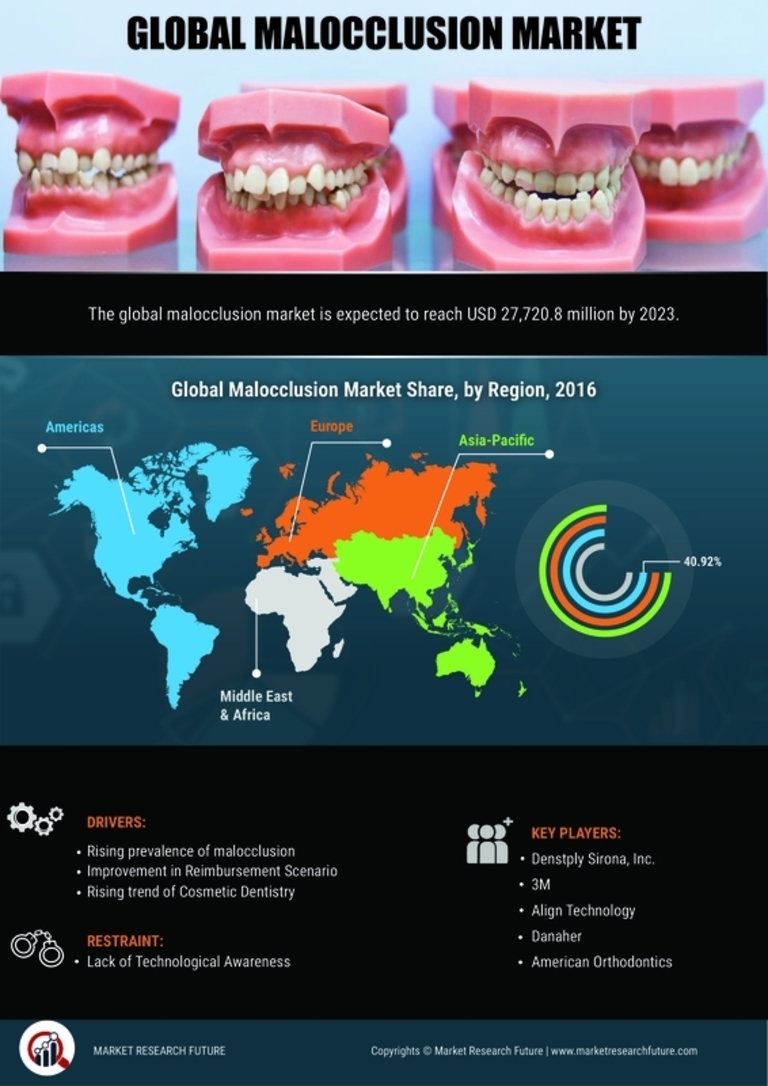

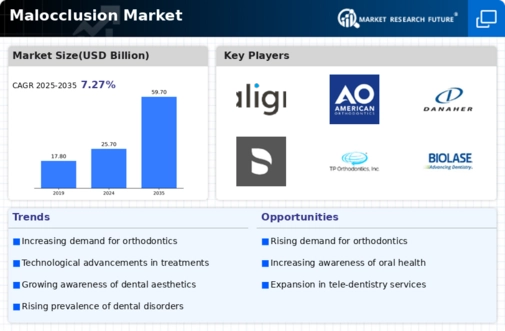


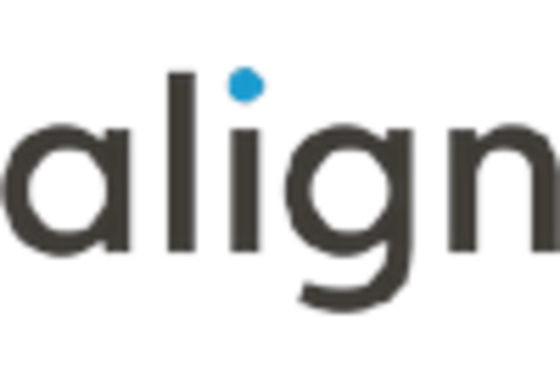

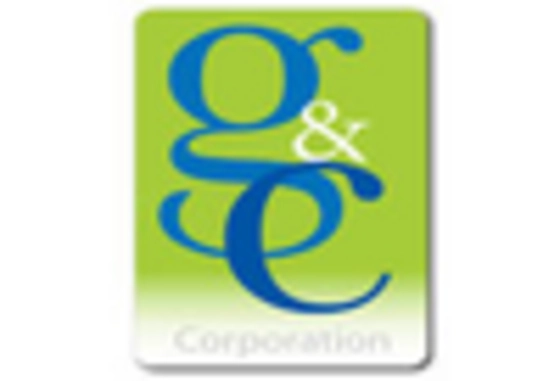
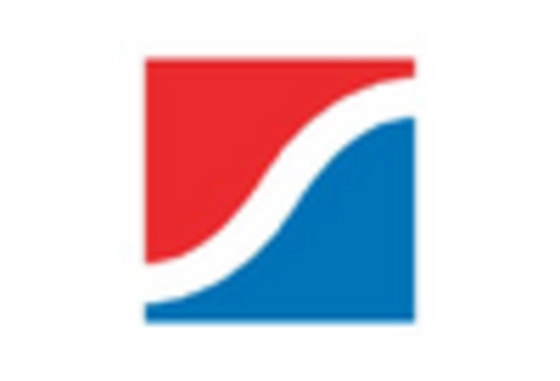
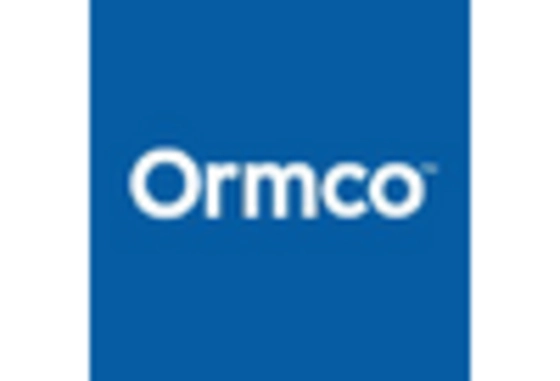








Leave a Comment